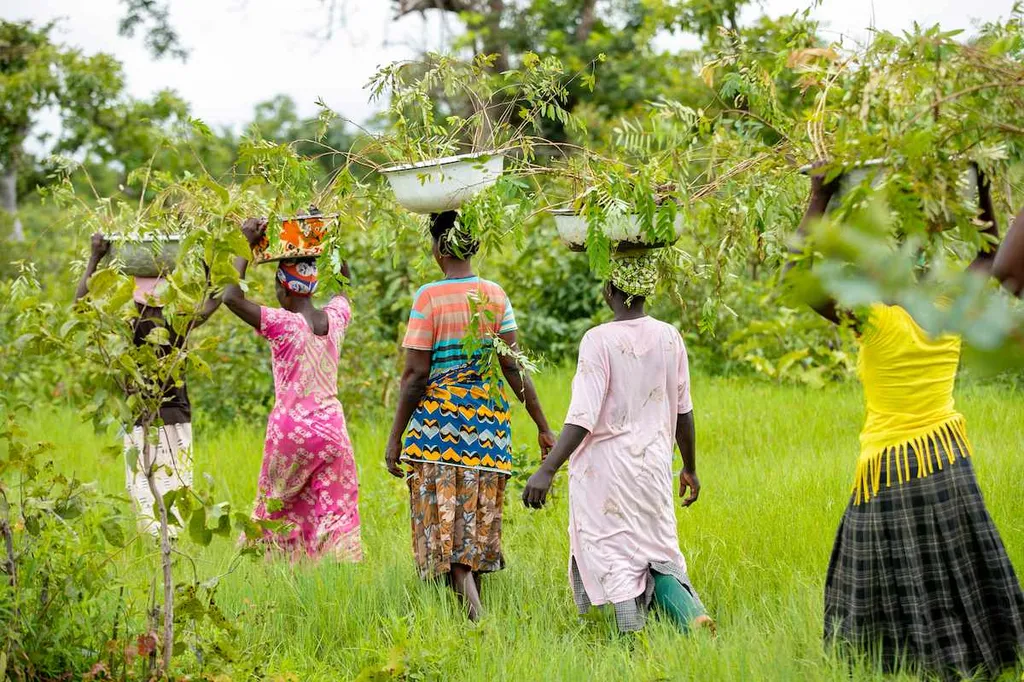In a surprising twist to the narrative of climate change and desertification, a recent study published in the journal *Environmental Research Letters* (translated from Chinese as “Letters on Environmental Research”) reveals that the Kalahari Desert and the grasslands of southern Africa have been greening since the early 2000s. This phenomenon, driven by complex atmospheric processes, has significantly boosted agricultural productivity and economic stability in the region.
The research, led by Debashis Nath of the Yunnan International Joint Laboratory of Monsoon and Extreme Climate Disasters at Yunnan University in China, attributes this greening trend to a positive phase of the Atlantic multidecadal oscillation. This oscillation has intensified the Hadley circulation, a large-scale atmospheric circulation pattern, and widened the Kalahari anticyclone. “This has facilitated moisture transport from the warm Angola–Benguela front to southern African landmasses,” explains Nath, “leading to increased wetness at the periphery of the Kalahari Desert and grasslands.”
The implications for the energy sector and broader economy are substantial. The increased moisture has satisfied the water demand for cropland expansion, leading to a 10%–15% increase in agricultural land. This has translated into a 25% increase in crop yields, significantly enhancing food security in the region. Economically, this greening trend has contributed approximately 26% to the continent’s total agricultural output and has led to a nearly fourfold increase in agricultural exports.
The study highlights a critical water-food-economy nexus that has been bolstered by these climatic shifts. “The advected moisture has not only greened the landscape but also created a ripple effect that has improved economic conditions and food security,” says Nath. This positive phase of multidecadal variability has been a boon for the region, but the study also warns of potential future challenges. In the opposite phase of multidecadal variability, the superposition of greenhouse warming could exacerbate drying trends, amplifying aridity and potentially reversing these gains.
For the energy sector, this research underscores the importance of understanding and adapting to multidecadal climate variability. The greening of the Kalahari and southern African grasslands presents opportunities for renewable energy investments, particularly in bioenergy and solar power, given the increased vegetation cover and sunlight availability. However, the potential for future drying trends highlights the need for resilient and adaptable energy infrastructure.
This study not only provides a nuanced understanding of the complex interplay between climate variability and agricultural productivity but also offers a roadmap for future developments in the field. As Nath notes, “Our findings emphasize the need for integrated approaches that consider both the opportunities and challenges posed by climate variability.” By doing so, stakeholders can better prepare for the future, ensuring sustainable economic and food security in the face of a changing climate.

